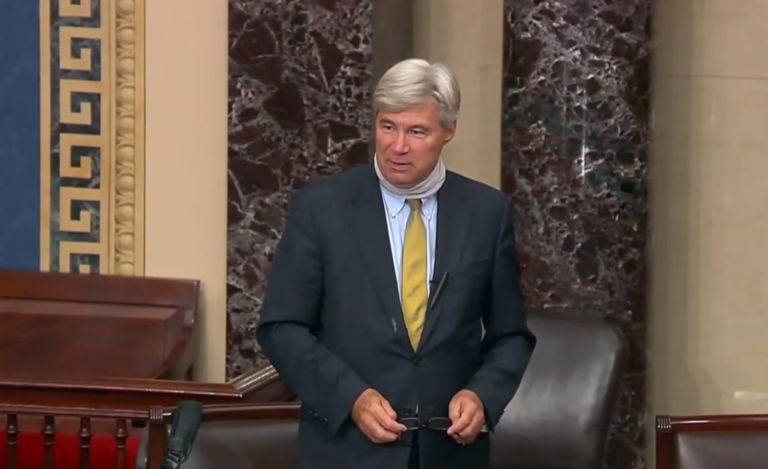Amazingly Mayor Bill Saffo has invoked Milton Friedman and the famous article by Leonard Read, I Pencil, in support of state government incentives for the movie industry. This from the Wilmington Star:
Saffo said he wanted to show the video, called “The Pencil,” [He means “I Pencil”]so people could understand the multiplier effect. In the video, (you can watch a similar one here), Friedman discusses how a pencil is made, down to the specific products, such as the wood or the eraser. “Literally thousands of people cooperated to make this pencil,” said Friedman, who died in 2006. “And that’s the multiplier effect,” Saffo said. “You understand it with just a little pencil,” the mayor added, brandishing a pen.
Mayor Saffo completely misinterprets I Pencil, which was an essay written by Leonard Read, President of the Foundation for Economic Education in the 1950s. Read was actually an ardent opponent of Keynesian economic policies and the so-called multiplier type effects that drive them. The point of I Pencil was to show how complex production and the social order built on free exchange, really is. The upshot of the article is that centrally planned production and investment, including government incentives of all types, will lead to inefficiencies and market distortions. Quite amazingly the Mayor read this article and seems to understand none of its main points. He has interpreted I Pencil in a way that no legitimate scholar, including Friedman, ever has.
To quote Leonard Read directly:
The lesson I have to teach is this: Leave all creative energies uninhibited. Merely organize society to act in harmony with this lesson. Let society’s legal apparatus remove all obstacles the best it can. Permit these creative know-hows freely to flow. Have faith that free men and women will respond to the Invisible Hand. This faith will be confirmed. I, Pencil, seemingly simple though I am, offer the miracle of my creation as testimony that this is a practical faith, as practical as the sun, the rain, a cedar tree, the good earth.
Somehow Saffo reads this as a case for Keynesian multipliers.


